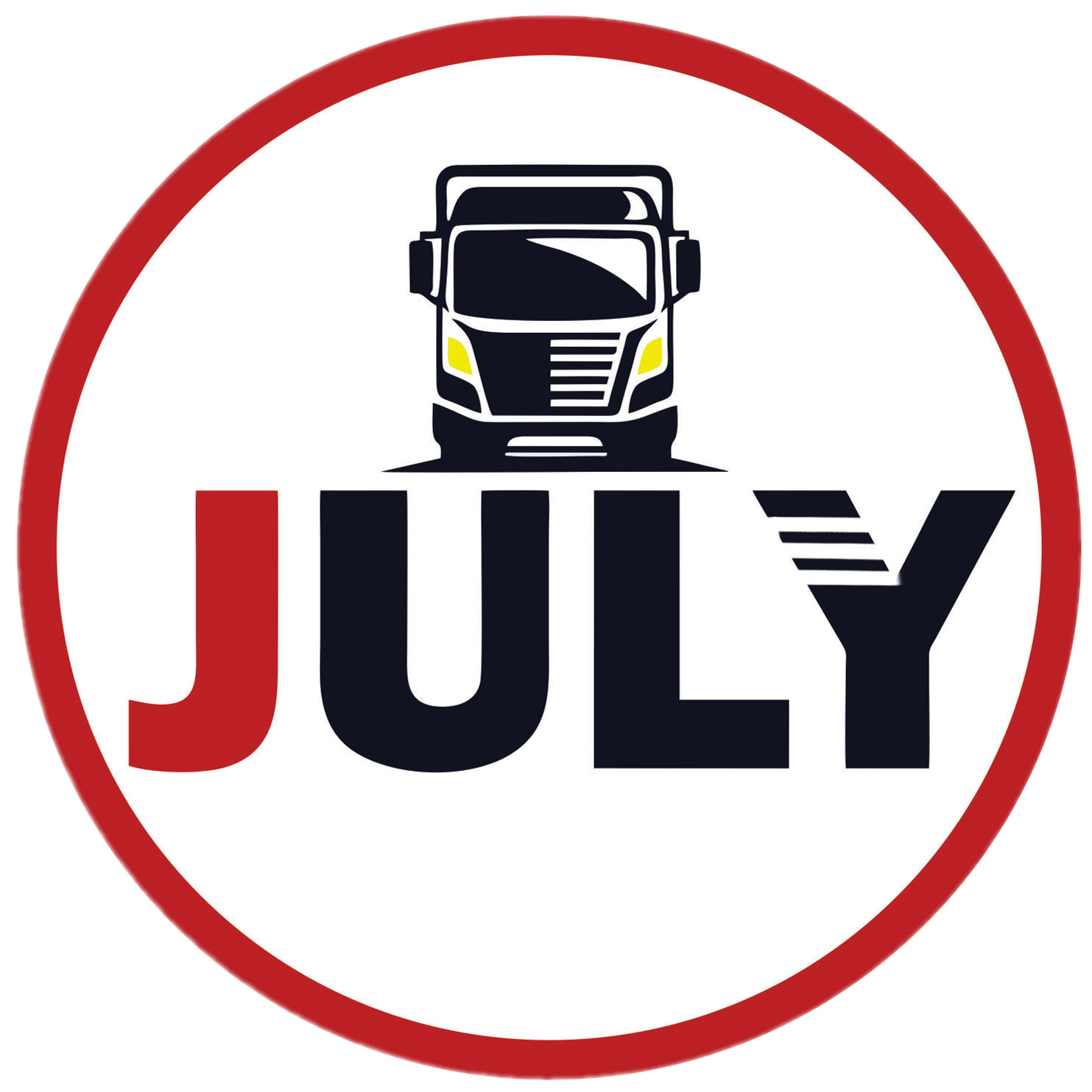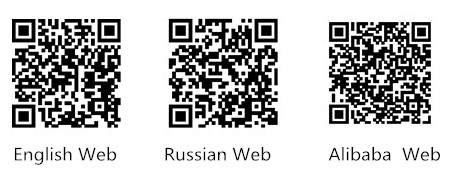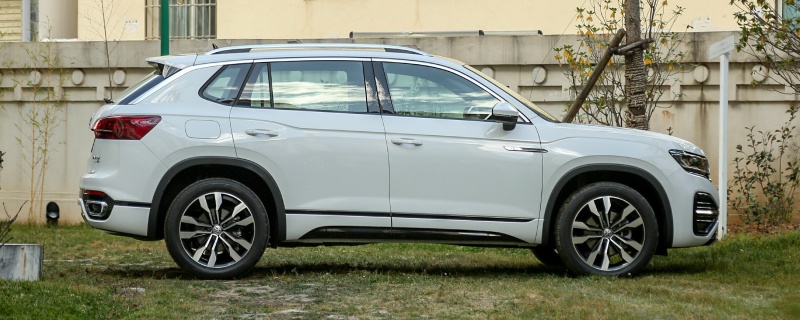CUMMINS DFSK DFM DFAC DONGFENG TRUCK PARTS DFL4251 DFL3251 5258744 DONGFENG XIAOKANG DONGFENG MINIBUS K17 5266969 5272666 5293669 5264757 5263374 5288908


CUMMINS DFSK DFM DFAC DONGFENG TRUCK PARTS DFL4251 DFL3251 5258744 DONGFENG XIAOKANG DONGFENG MINIBUS K17 5266969 5272666 5293669 5264757 5263374 5288908


1、It is recommended to use the crankshaft front oil seal pressing tool during the installation process of the crankshaft front oil seal. Using this tool can maintain the parallelism of the oil seal and prevent oil leakage due to non parallelism. And it will be more labor-saving during the installation of the crankshaft oil seal.
Firstly, package the rear oil on the installation plate, and pay attention to the orientation of the crankshaft rear oil seal (with text markings facing outward) during installation. Using three M14 × Fix the installation plate with oil seal onto the crankshaft with 1.5 bolts (note: the positioning pin at the crankshaft shaft end should fall into the pin hole of the installation plate).
Install the installation sleeve onto the installation disc, fix the installation sleeve onto the installation disc with an M20 hexagonal nut, so that the front face of the installation disc is against the back shoulder of the oil seal. Tighten the nut, and the installation sleeve will smoothly push the oil seal into the oil seal seat hole between the crankshaft and the cylinder block.
Finally, remove the installation sleeve and disc from the crankshaft.

2、Oil seal installation method and precautions:
(1) Recommended oil seal installation tooling and methods
1. The installation of the oil seal can be flush with the front end of the housing aperture or close to the low section of the housing aperture.
2. The reference planes for installation and positioning should be machined surfaces, and unprocessed reference planes cannot be used.
3. When assembling the outer diameter of the oil seal, a layer of lubricating oil should be applied.
4. Use hydraulic or pneumatic uniform pressure to install the oil seal.
Attention: The oil sealing surface is flush with the housing reference surface, ensuring the installation perpendicularity with the shaft center after installation, so that the oil seal lip forms a line contact strip on the shaft surface, achieving good sealing effect.
(2) Installation of oil-free tooling
1. Apply a suitable layer of lubricating oil when assembling the outer diameter of the oil seal
2. The force for knocking on the oil seal should be uniform and not tilted.
3. Check that the oil seal is flush with the housing reference surface after installation.
Check that the oil seal spring does not fall off.
(3) Reasons for oil leakage in crankshaft oil seal
1. It was found that the oil seal was misaligned inside the oil seal seat, causing the oil seal and crankshaft outer circle to tilt.
2. During the assembly process, in order to ensure the flatness between the bottom surface of the rear oil seal seat (B-face) and the bottom surface of the cylinder block (A-face), some oil seals and seat assemblies shift upwards or downwards, causing significant eccentricity between the rear oil seal and the crankshaft. Causing eccentric wear in the relative movement between the crankshaft oil seal and the crankshaft, resulting in oil leakage from the crankshaft oil seal.
3. During the installation process of oil seals, if the chamfer angle of the hole diameter is greater than 45 degrees or there is no chamfer, it is easy to cause scratches or scratches on the oil seal, causing the outer diameter and assembly tilt of the oil seal, and deformation of the oil seal framework, which can easily cause oil leakage or leakage in the early stage of the oil sealing machine.
4. During the installation process of the oil seal, no special tools are used for installation. Instead, a hammer is used to directly hit the oil seal, causing deformation, scratches on the outer diameter and dust lip of the oil seal, detachment of the oil seal from the framework, detachment of the oil seal spring, and deformation of the main lip of the oil seal, resulting in oil leakage.